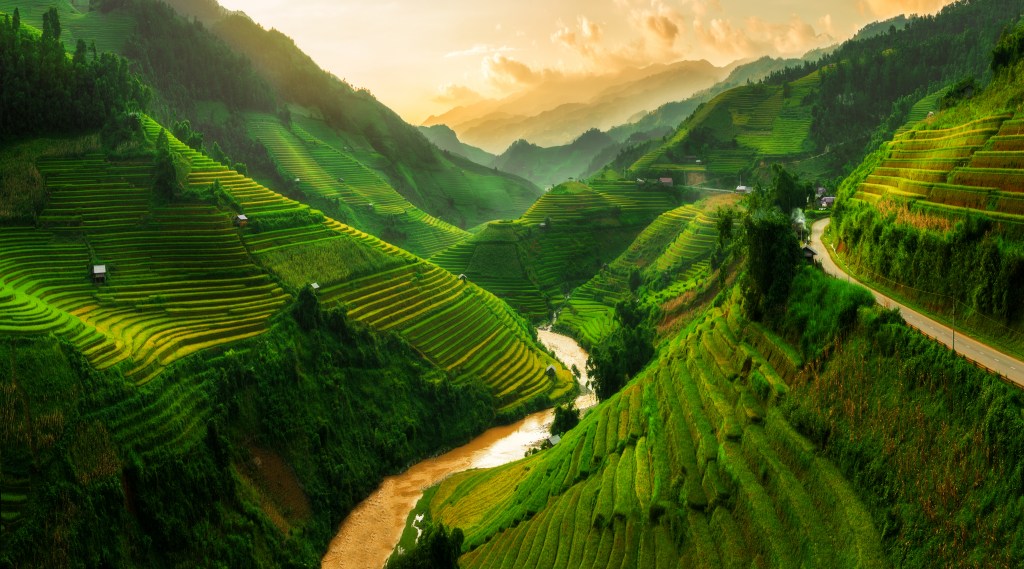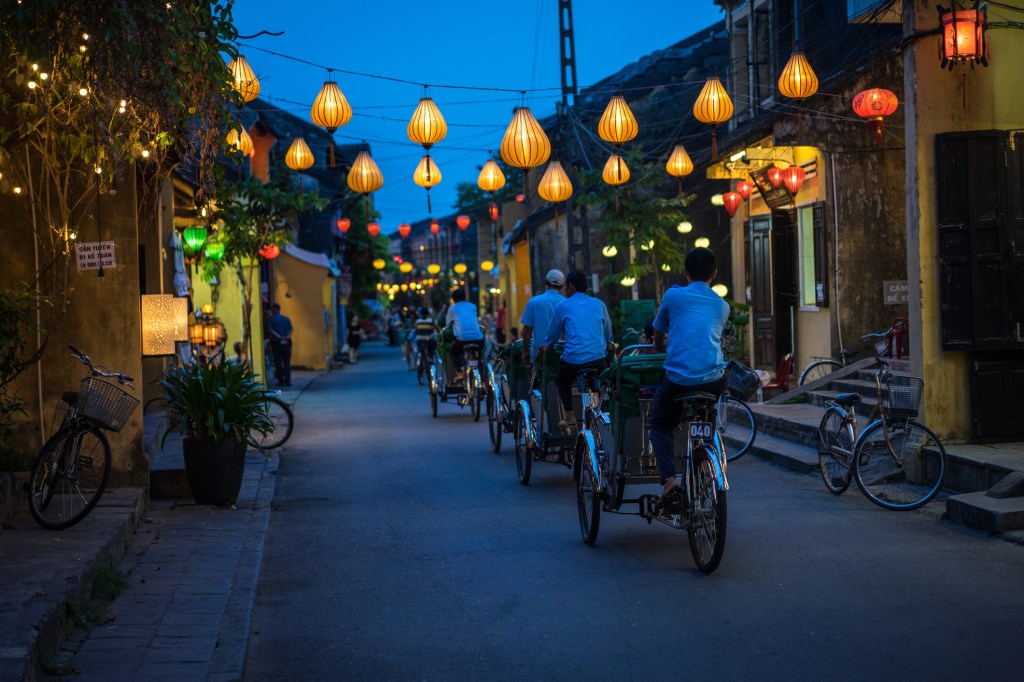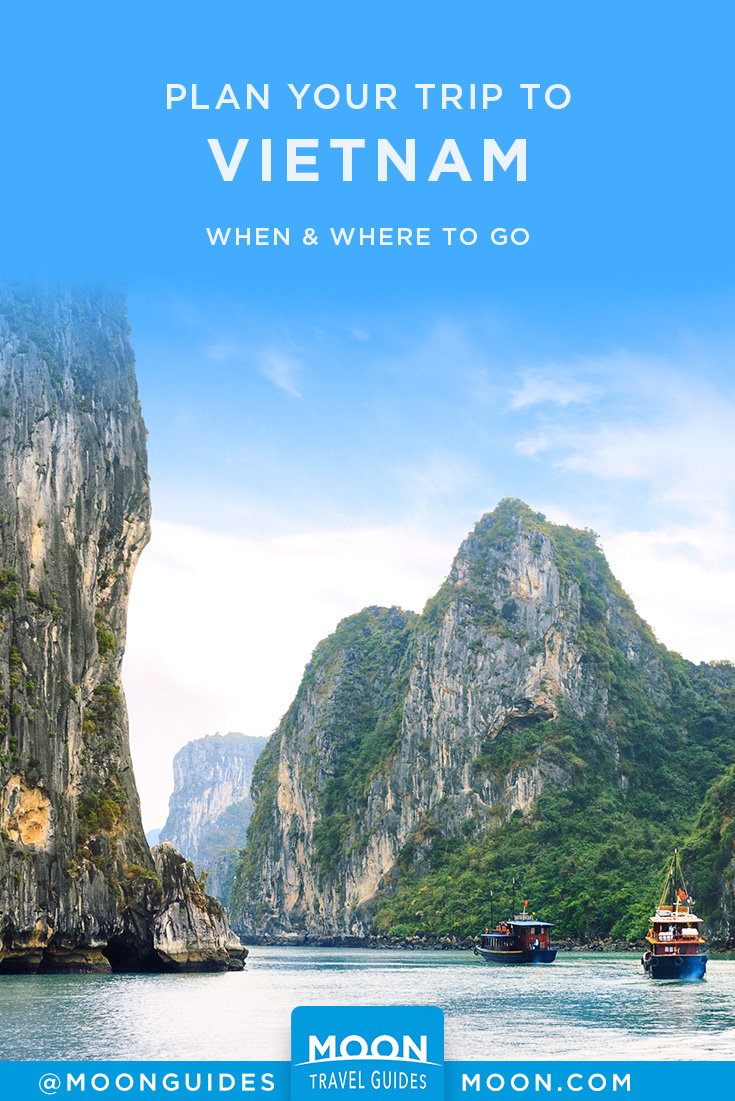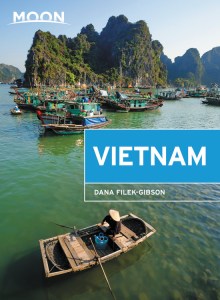Planning Your Trip to Vietnam
Always wanted to travel to Vietnam but don’t know where to go (…or when to go, or how to get there)? Here’s how to get started planning your adventure:

Where to Go
Hanoi
Regal and refined, Vietnam’s 1,000-year-old capital offers a hodgepodge of historical sights from across centuries, not to mention top-notch shopping in the vibrant Old Quarter, where you’ll find plenty of mouthwatering cuisine alongside some of the city’s best local color.
Ha Long Bay and the Northern Coast
Kick back on an overnight cruise around Ha Long, cycle your way across Cat Ba Island, climb the jagged cliffs of Lan Ha Bay, or admire these labyrinthine landscapes from a kayak. Even inland, the karsts of Ninh Binh provide the perfect backdrop for a peaceful rowboat ride through rice paddies and beautiful northern countryside.
The Central Provinces
With crumbling imperial tombs, trendy shops, skyscrapers, and the riotous colors of ancient pagodas, the central provinces are a blend of old and new. Hue boasts impressive royal relics, Danang is Vietnam’s latest ultracool urban center, and the charming town of Hoi An is an oasis for shoppers, shutterbugs, and foodies.
The South-Central Coast
From hip and happening Nha Trang Beach to the tranquil shores of Mui Ne, a resort enclave to the south, this is the top spot for R&R between more hectic destinations.
Ho Chi Minh City
Ho Chi Minh City (known to locals as Saigon) buzzes from morning until night. Hop on the back of a xe om and breeze through local traffic, enjoy an ice-cold ca phe bet (sidewalk coffee) in 30-4 Park, or dine at any one of the city’s thousands of street stalls for the best cuisine the country has to offer.
The Mekong Delta
This laid-back region captivates many travelers seeking a glimpse of local life. Navigate the early-morning Cai Rang Floating Market, tour the Khmer pagodas of sleepy, seductive Tra Vinh, or step into the storybook setting of Sa Dec.

Know Before You Go
High and Low Seasons
Vietnam’s weather changes considerably from north to south. The best times to visit Vietnam are September and October, just as rainy season comes to a close in the south but before winter has settled over northern Vietnam, or April and May, when the country’s northern destinations have thawed and rain has yet to reach the south. High season runs outside both these times, with visitor numbers peaking November-March. Things get especially busy over Christmas and Tet (Vietnamese Lunar New Year) in January or February. While this is a holiday of fascinating local traditions, it makes for a poor visit, as the entire country shuts down for weeks before and after.
What to Pack
Some amenities are more affordable and accessible than others. Sunscreen, for instance, is available in many coastal destinations, though it can be tricky to find—it’s best to bring your own from home. Items like contact lens solution and tampons can be difficult to come by. As for clothing, Vietnam tends to be more formal than the United States. You can get away with shorts, T-shirts, and tank tops in most tourist destinations, but when visiting pagodas or sights of national importance it’s important for both men and women to opt for conservative clothing, wearing long pants and shoulders covered, as this is considered a sign of respect.
Transportation
Most travelers arrive at either Tan Son Nhat International Airport in Ho Chi Minh City or Noi Bai International Airport in Hanoi and set off from there. Public transportation is easily accessible, from planes and trains to buses and boats. For shorter journeys, hitting the road is the cheapest option; for long-distance trips— from Hanoi to the central provinces, for example, or the central provinces down to Nha Trang—you’re better off in the air (Budget airlines like Jetstar and VietJet fly to a number of domestic destinations) or on the rails. Vietnam often convinces long-term travelers to buy a motorbike, driving the length of the country and then selling it at the end of their journey. Cars can be rented here, but, due to driving regulations, it is required that you have a Vietnamese driver.
Ready to start planning the trip of a lifetime? The best way to do it is with a guidebook! Check out Moon Vietnam for everything you need to know.
Related Travel Guide
Pin it for Later

